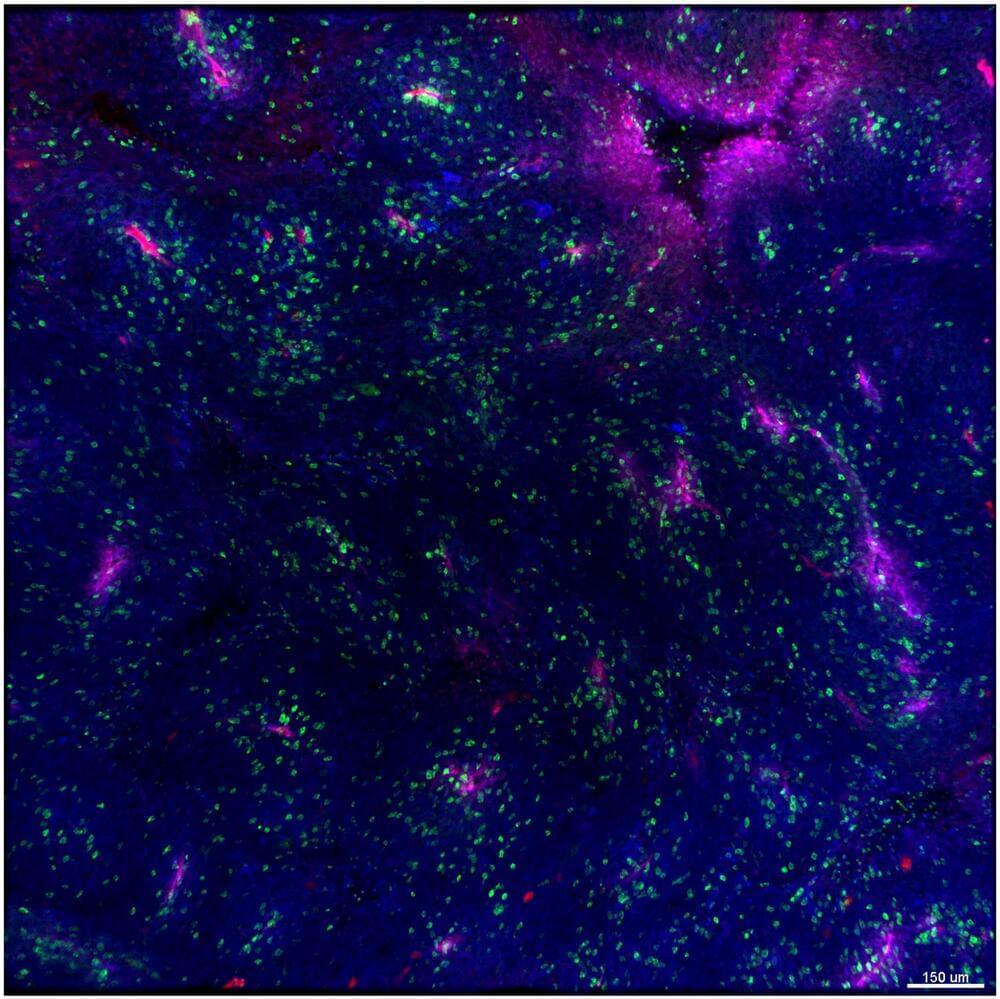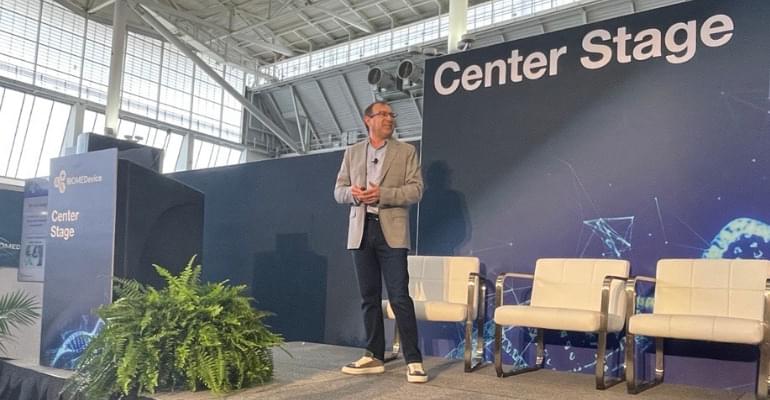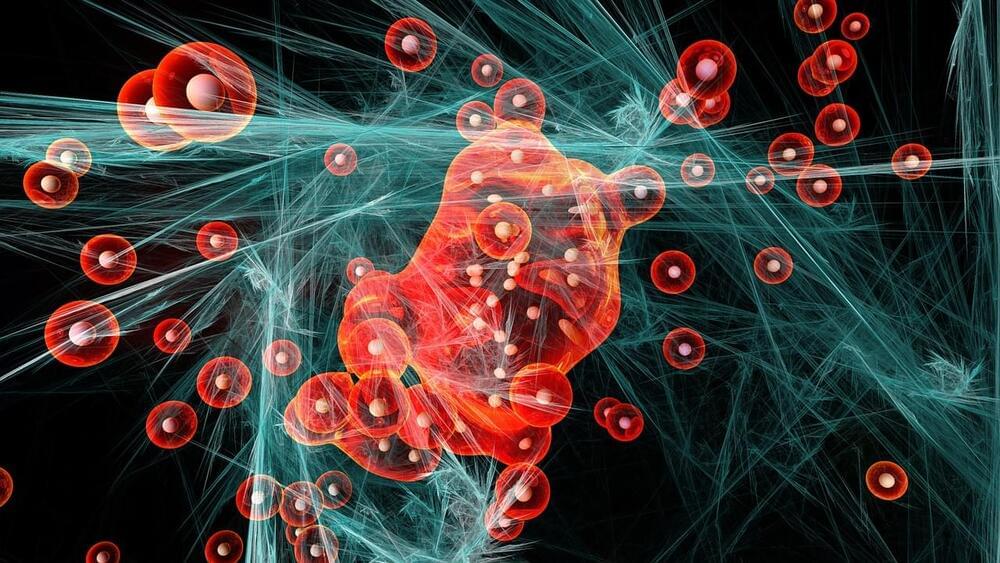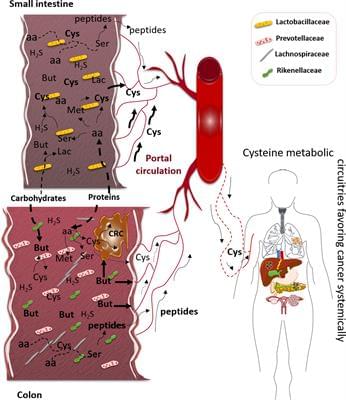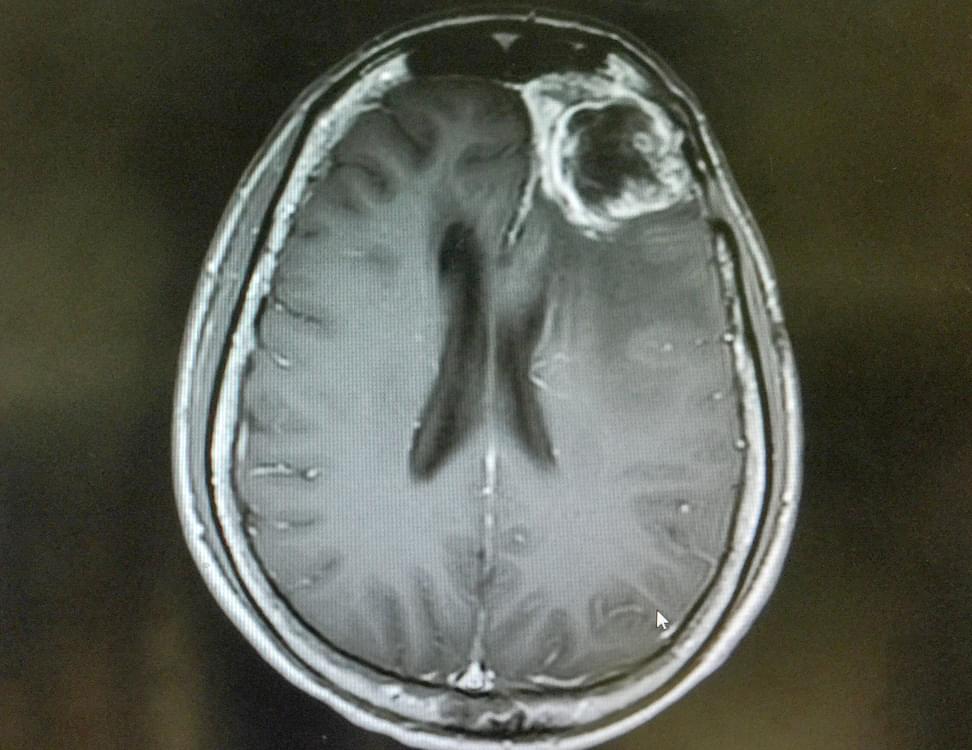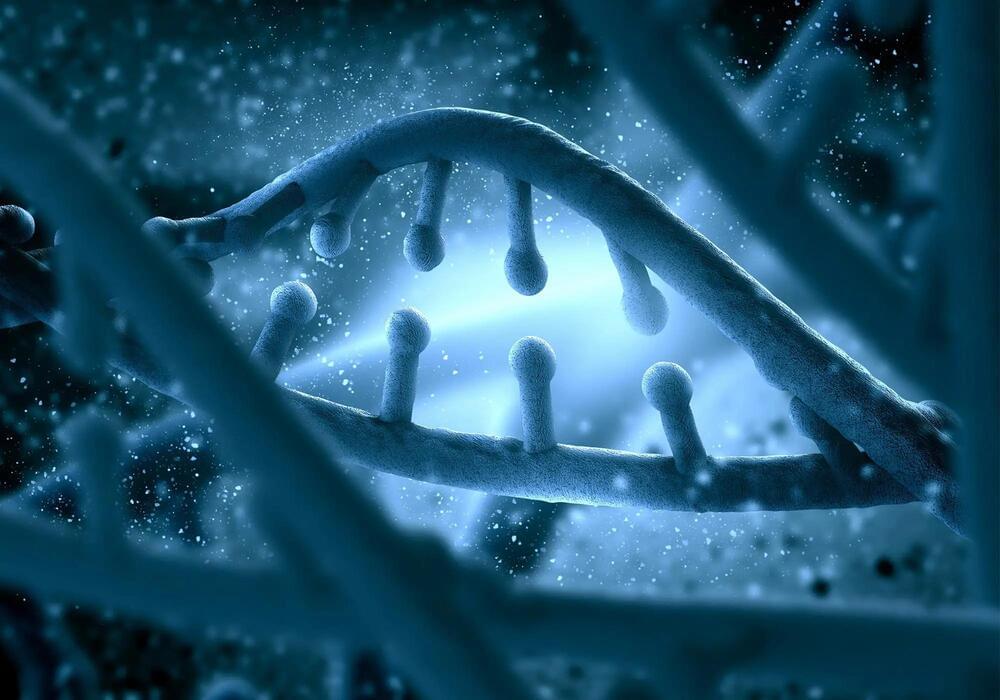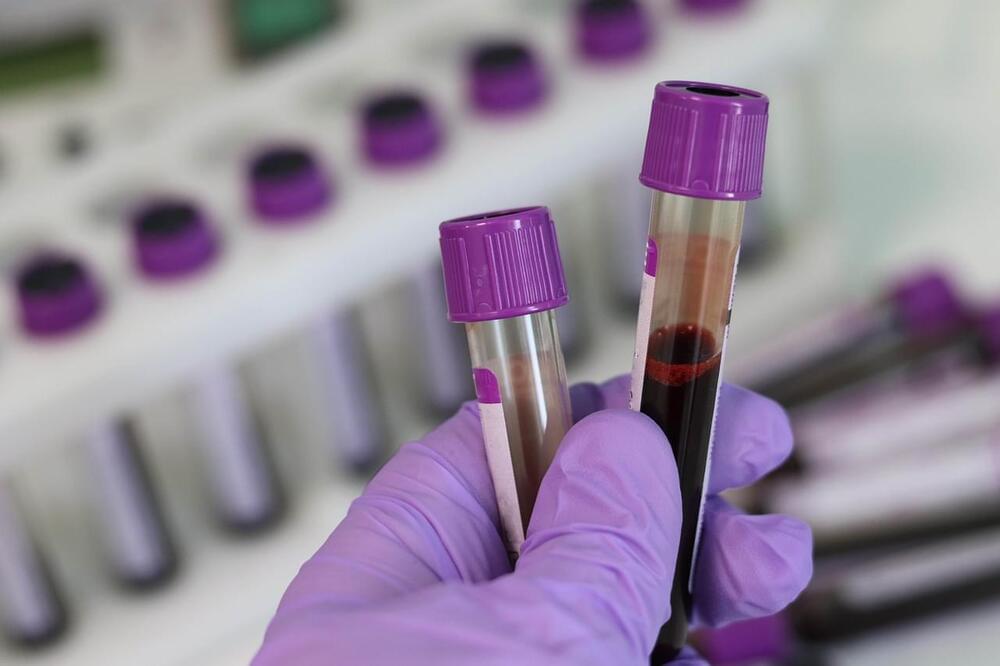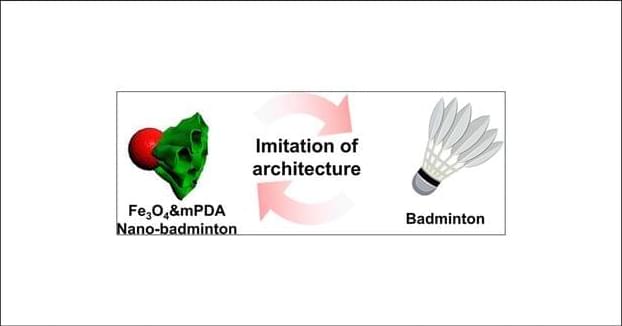Sep 22, 2023
Rewiring tumor mitochondria enhances the immune system’s ability to recognize and fight cancer
Posted by Shubham Ghosh Roy in category: biotech/medical
Immunotherapy, which uses the body’s own immune system to fight cancer, is an effective treatment option, yet many patients do not respond to it. Thus, cancer researchers are seeking new ways to optimize immunotherapy so that it is more effective for more people.
Now, Salk Institute scientists have found that manipulating an early step in energy production in mitochondria—the cell’s powerhouses—reduces melanoma tumor growth and enhances the immune response in mice.
The study, published in Science on September 21, 2023, revealed that when electrons take one of two initial routes through mitochondria, genes and proteins become activated that are needed for immune cells to recognize and kill tumor cells.
